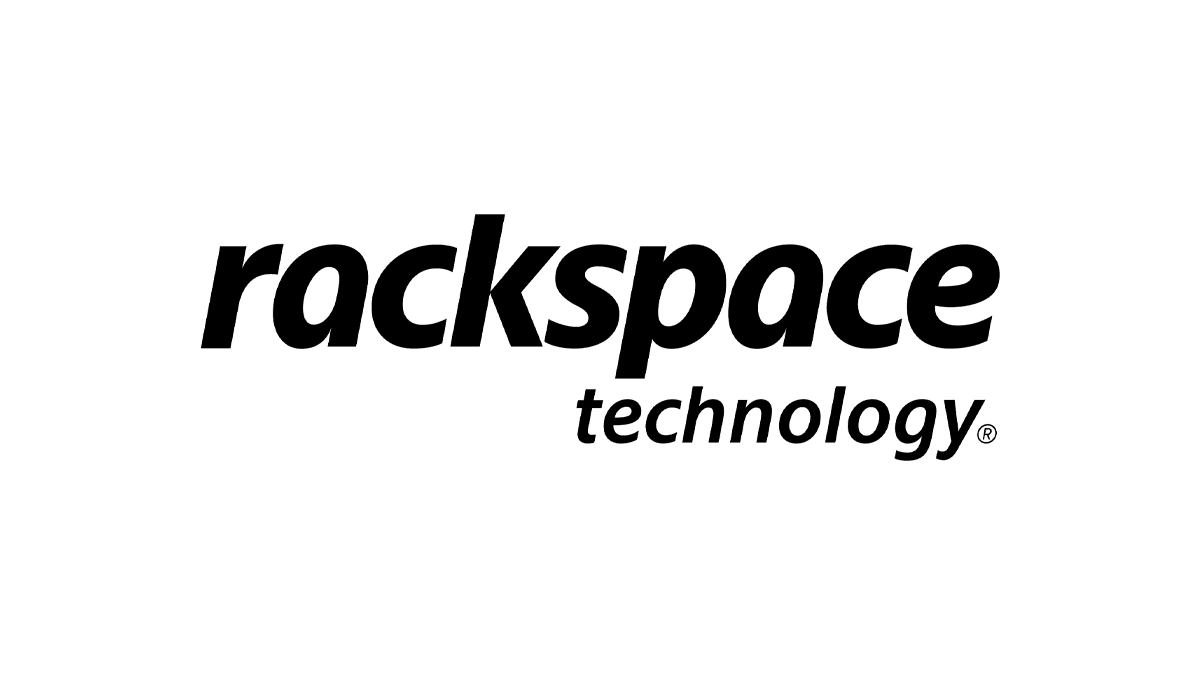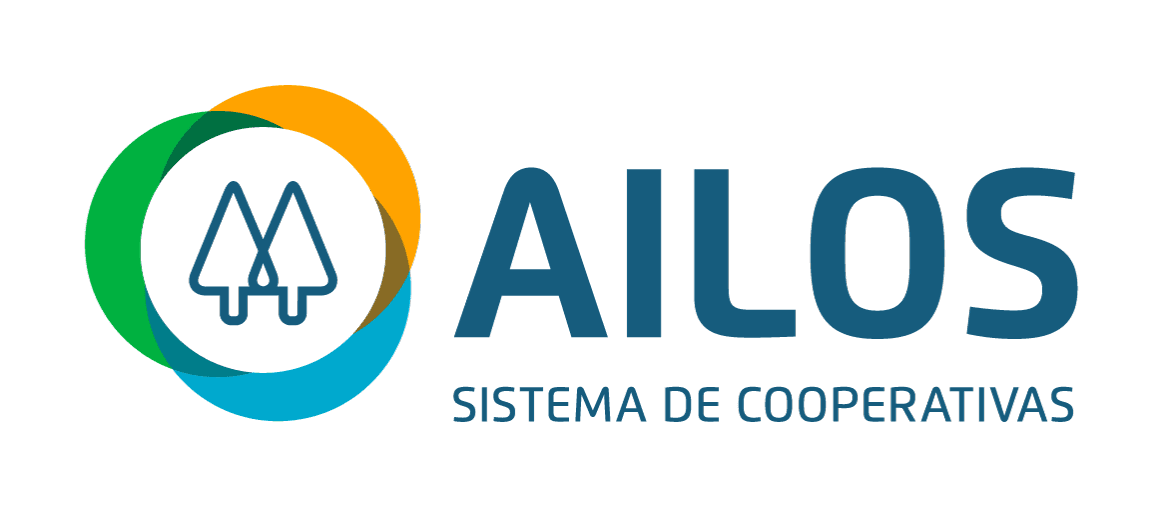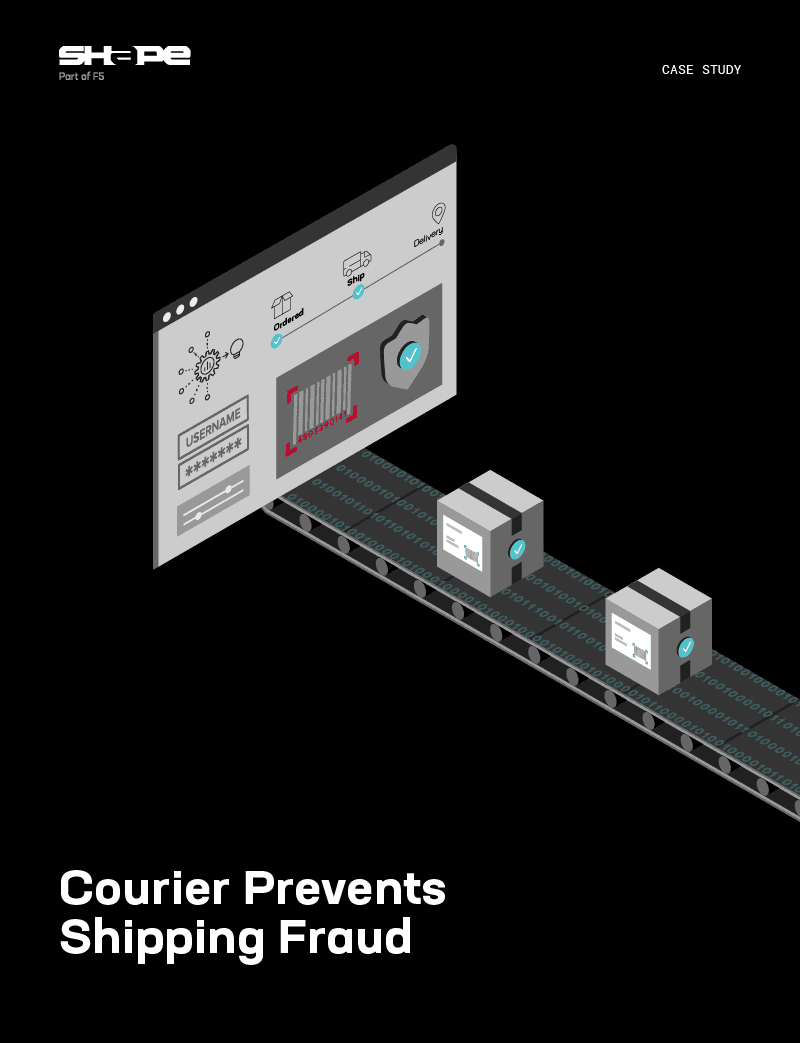



Threat Stack helps 6sense effectivly keep workloads and servers secure, compliant, and protected while delivering speed, efficiency, and security to their customers.

Read how AEON Credit India improved app security plus operational scalability and performance by replacing its WAF with SaaS-based security from F5.

Amid the rapid transformations driven by the COVID-19 pandemic, AFFIN BANK embarked on a strategic digital evolution, transitioning from outsourced to insourced IT operations. F5 solutions helped it enhance control, increase multicloud scalability, protect sensitive data, and more efficiently manage infrastructure to respond more swiftly to market demands.

African Bank, established in 2016, operates retail banks throughout South Africa. Originally an unsecured lender, African Bank was restructured in 2016 to provide services directly to consumers. Consumers engage with African Bank services through an omni channel approach with physical branches and digital operations such as web, mobile applications, and call centers.

By deploying NGINX Plus, Ahrefs can maintain higher application performance, improve its overall security posture, and ensure consistent architecture and configuration in its hybrid cloud environments.

Read how Brazil’s Ailos financial services cooperative used F5 Distributed Cloud Services to simplify management, gain visibility, and secure hybrid cloud apps and APIs.

India’s leading paint company, Asian Paints Ltd., has grown and expanded significantly since its humble beginnings in 1942. Seeking to improve the security of its digital services, Asian Paints engaged F5 to help enhance its customer experience and drive scalability in a digital-first economy.

The big challenge ahead of launching Audi’s Kubika O, a cloud-independent Kubernetes platform, was deciding how to secure everything. Audi needed a proven WAF solution with certified Red Hat OpenShift interoperability, plus robust, 24/7 technical support.

Read how Austrian Lotteries takes a big step toward the cloud by deploying F5 Distributed Cloud Services to provide a secure, compliant environment for customers.

Learn how F5 Distributed Cloud Bot Defense helped a Fortune 500 retailer defeat account hijackers and save tens of millions of dollars.

As one of the world’s largest technology communication providers, Vodafone serves hundreds of millions of users around the globe. Seeking to improve the speed, efficiency, and visibility of WAF management and address slow application onboarding, Vodafone Digital made swift progress with help from F5 Automation Toolchain for the F5 BIG-IP platform.

Rapid growth in use of Bank Mega’s mobile app, M-Smile, strained the bank’s ability to scale and led to operational challenges. By partnering with F5 to implement BIG-IP Local Traffic Management (LTM) and BIG-IP Web Application Firewall (WAF) solutions, the bank protected its website, optmized load times, and improved the user experience.

Bharti Airtel turns to F5 for speed, agility, and scalability as it works to build a world-class omnichannel experience for its telco customers.

Credit union BlueShore Financial secures its web assets with F5 SaaS-based security that aligns with the company’s “financial wellness” concept and spa-like atmosphere. By deploying F5 Distributed Cloud Web App and API Protection (WAAP), BlueShore protects both its clients and its employees.

Read how healthcare supplier Cardinal Health used F5 BIG-IP Advanced WAF to protect apps and gain visibility that helps reduce technical debt.

Causeway’s IT team wanted to carry out the company’s hybrid cloud strategy using Microsoft Azure while retaining the familiar benefits of F5 NGINX Plus, which it has long used as a platform for on premises application deployment.

Read how Colorado Community College System (CCCS) increased automation and ROI, going cloud-ready with F5 ingress control and OpenShift container orchestration.

F5 Distributed Cloud Services protect the F5 partner website in the cloud while enabling greater automation, visibility, and more agile development processes.

The Nationwide Education Network (OSE) used NASK and F5 to give schools all over Poland the ability to connect to fast, free, and secure internet services.

A Top 5 Global Courier (“Provider”) with over $50 Billion in annual revenue wanted to protect its customers from account takeover and prevent fraudulent account creation.

Read how Crawford and Company migrated on-premises data centers to a distributed multicloud environment with F5 Distributed Cloud Services.

African Bank shares how they're using NGINX Plus and NGINX Controller to provide retail banking offerings to underserved markets in South Africa.

Since 2008, the Department has partnered with F5 to maintain uncompromising levels of security and performance as its IT infrastructure evolves.

Bot attacks can negatively impact the gaming experience of real users. See how Deltatech Gaming Limited enhances the user experience by safeguarding the gaming ecosystem with F5 Distributed Cloud Bot Defense, which delivers real-time protection against malicious bot and user attacks.

Learn the unique benefits that SoftBank Corp. gained by containerizing its applications and running them on a fully managed private cloud infrastructure from F5 Distributed Cloud Services.

Read how F5.com migrated from the sunsetting F5 Silverline to F5 Distributed Cloud Services for better protection and visibility with easier management.

Digital Management and Development Centre (DMDC) Universiti Malaysia Perlis (UniMAP) uses F5 Distributed Cloud Services to enhance security, streamline monitoring, and combat website bots. The performance dashboard ensures transparency by assessing latency, alerts, visitor patterns, and server health for robust security.
Experience F5 in action by testing our products in your pre-production environment.
Get a free trialWe can assess your needs and connect you with the right cloud provider, reseller partner, or F5 sales engineer.
Contact F5We're dedicated to building partnerships that drive your business forward.
Find a partner